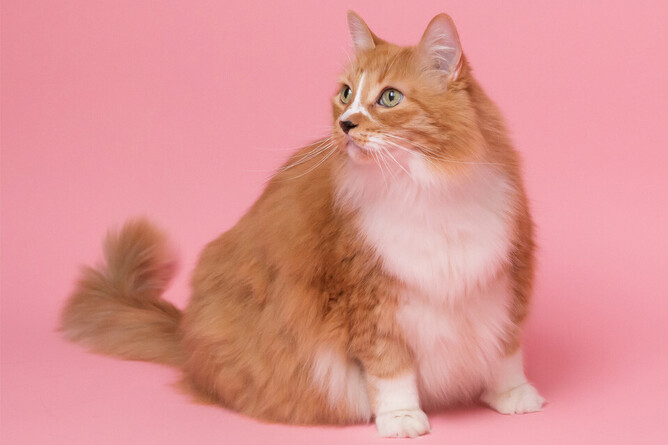While many pet owners may think they’re being kind treating their pet to extra goodies throughout the day, those extra treats may well contribute to obesity. And obesity will likely undermine a cat’s quality of life and may contribute to serious health issues.
A 2021 survey showed that one in four cats in New Zealand is overweight or obese. Overweight is defined as being 10% over ideal weight and obese is 20% over ideal weight.
Feline obesity has been linked to many health conditions including osteoarthritis, diabetes, heart disease and some types of cancer.
Obese cats also struggle to groom themselves properly and may develop matting, bacterial or fungal infections of the skin, as well as hair loss.
What our cats consume comes down to what and how much we feed them. It is up to cat owners to understand when their animal is becoming overweight and take action.
Overfeeding is the number one cause of obesity – which is no surprise given we are responsible for meeting our pet’s nutritional requirements. Many pet parents allow their cats to graze freely during the day which is fine if your cat regulates their own food intake. However, some may eat as much food as you provide - every time. Treats and ‘human food’ can contribute to obesity as well.
Knowing whether your cat is overweight is not just about the number on the scales – it is also how they look and there are some clear signs to watch out for.
Ribs - You should be able to feel your cat’s ribs with just a little fat coverage.
Belly – A healthy cat should have a slight tuck just after their ribs – a rounded belly when viewed from the side indicates too much weight.
Waist - Looking down at your cat, their waist should be evident.
Back - You should never be able to see your cat’s spine, but for a healthy cat you’ll be able to feel it under a thin covering of fat. If your cat is overweight you may not be able to feel it at all.
If you’re not sure what your cat should weigh, ask your vet. An ideal weight will vary depending on breed, age and gender.
To help your feline friend drop a bit of weight:
Gradually reduce their daily allowance of food
Cut down on treats (or cut them out completely)
Regularly weigh your cat to track their progress
Consider raw feeding which eliminates unnecessary carbohydrates in the diet
Encourage your cat to exercise – play games with them and get them moving more

